Table of Contents
Tired of crowded gyms and inconvenient hours? Building a home gym can be a game-changer for your fitness routine, offering convenience, privacy, and the ability to tailor your workouts to your exact needs. But the big question is: where to buy home gym equipment that fits your budget, space, and fitness goals?
Choosing the Right Home Gym Equipment for Your Needs
Choosing the Right Home Gym Equipment for Your Needs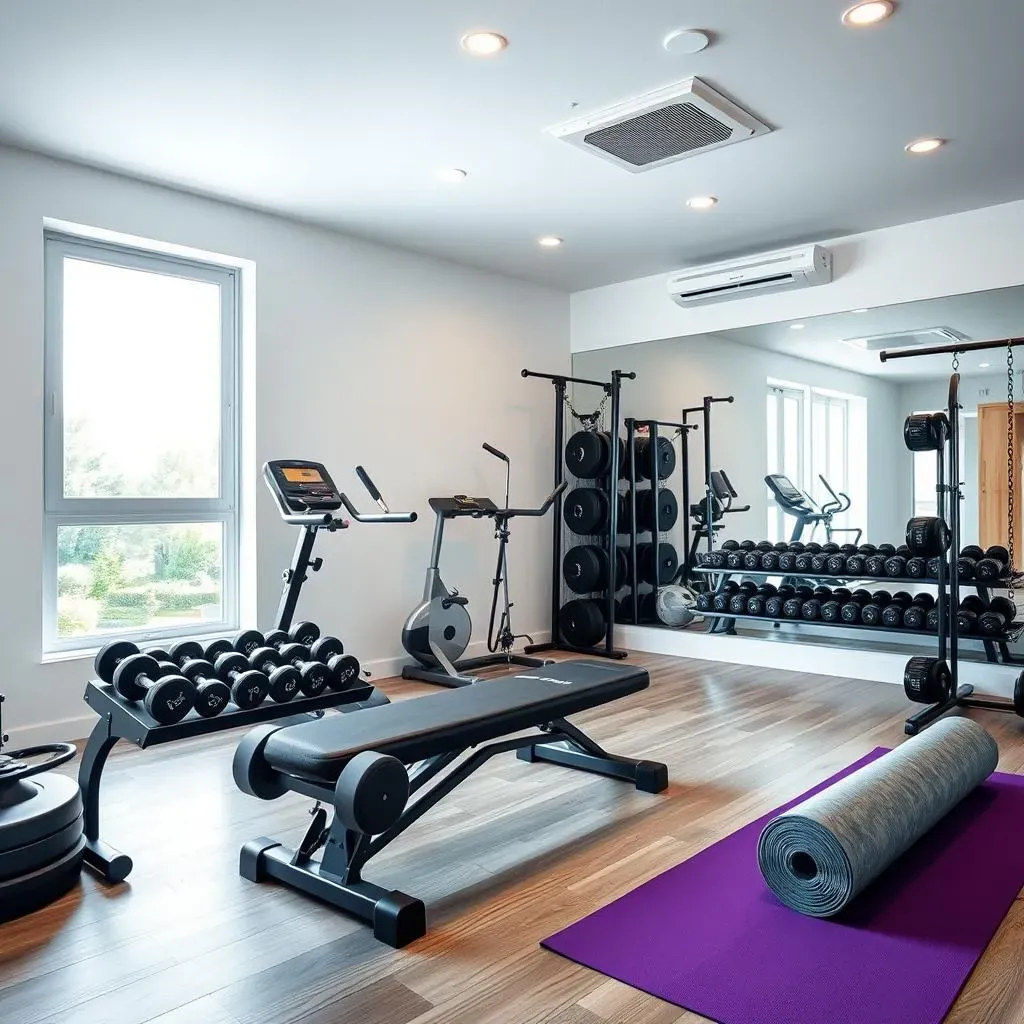
so you're ready to build a home gym. Awesome! But before you drop a ton of cash, let's figure out what you actually need. It's easy to get caught up in the hype and buy all the fancy gadgets, but trust me, a focused approach will save you money and space. Start by really thinking about your fitness goals. Are you trying to bulk up like a bodybuilder, or are you more interested in functional fitness and overall health? This will heavily influence your equipment choices. Also, be brutally honest about how much space you have. Cramming a massive multi-station gym into a tiny spare room is a recipe for frustration.
Once you've got your goals and space sorted, consider these key categories:
- Strength Training: This could include free weights (dumbbells, barbells, kettlebells), a weight bench, a power rack, or a multi-station gym.
- Cardio: Treadmills, ellipticals, stationary bikes, and rowing machines are all great options. Consider a jump rope for a budget-friendly, space-saving alternative.
- Flexibility and Recovery: Don't forget a yoga mat, foam roller, and resistance bands for stretching and injury prevention.
Don't feel pressured to buy everything at once. Start with the essentials that align with your primary goals, and then gradually add more equipment as your needs evolve.
Here’s a quick guide to help you decide!
Fitness Goal | Recommended Equipment | Considerations |
|---|---|---|
Building Muscle | Weight Bench, Power Rack, Barbell, Dumbbells | Ensure sufficient weight capacity, prioritize safety features. |
Improving Cardio | Treadmill, Elliptical, Rowing Machine | Check for incline/resistance levels, heart rate monitoring. |
General Fitness | Adjustable Dumbbells, Resistance Bands, Yoga Mat | Versatility is key, focus on space-saving options. |
Top Retailers: Where to Buy Home Gym Equipment Online and Locally
Top Retailers: Where to Buy Home Gym Equipment Online and Locally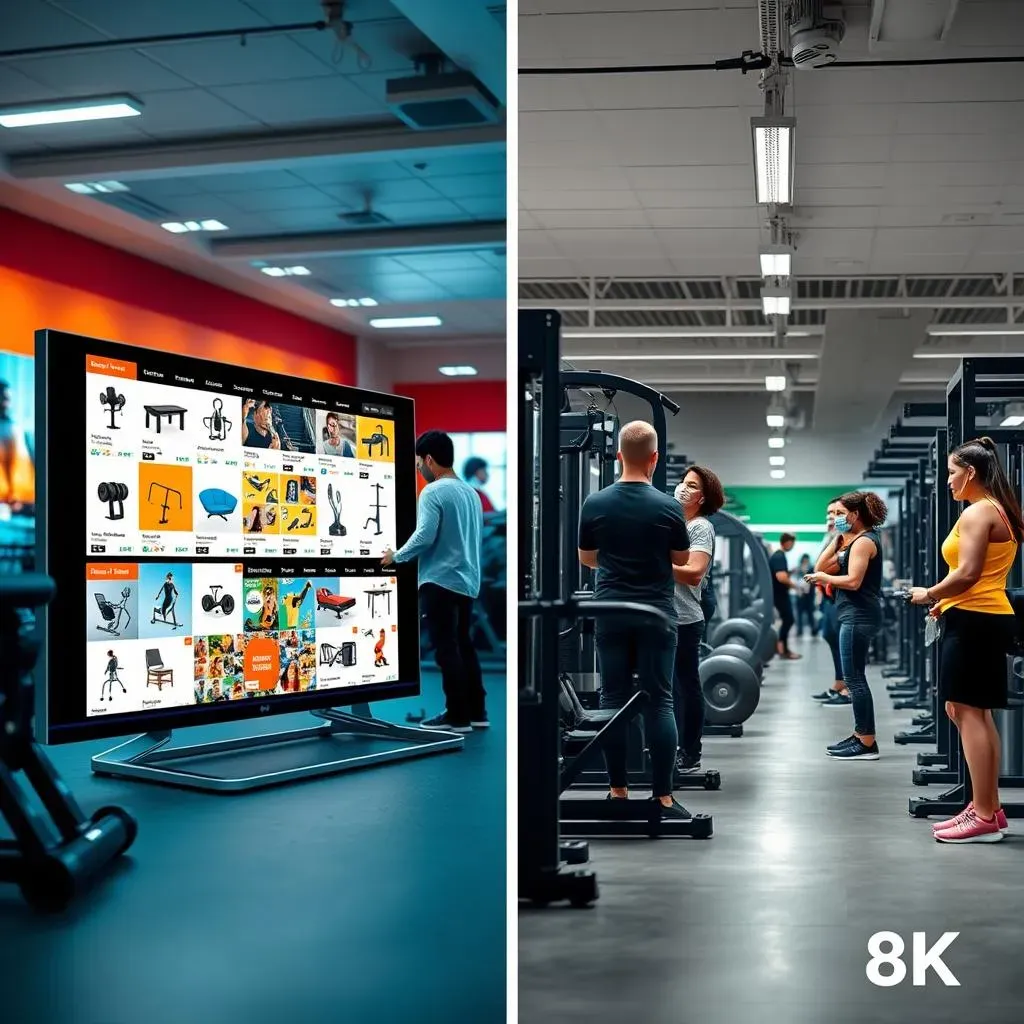
Online Giants: Convenience at Your Fingertips
so you've got your equipment list ready. Now, where to buy home gym equipment? Let's start with the online behemoths. Amazon, of course, is a go-to for sheer variety and often competitive pricing. You can find everything from basic dumbbells to high-end treadmills. But, and this is a big but, always read the reviews carefully. Pay attention to shipping costs and return policies, especially for bulky items. Also, check out specialized fitness retailers like Rogue Fitness and Titan Fitness. They often have a wider selection of niche equipment and cater specifically to the fitness community.
Don't forget about big-box stores like Target and Walmart. They can be surprisingly good options for starter equipment, especially if you're on a tight budget. Just be aware that the quality might not be as high as with specialized retailers. Pro tip: sign up for email lists and follow these retailers on social media. They frequently offer exclusive deals and discounts that you won't want to miss.
Local Fitness Stores: Hands-On Experience and Expert Advice
While online shopping is convenient, there's something to be said for checking out equipment in person. Local fitness stores allow you to test out treadmills, feel the weight of dumbbells, and get personalized advice from knowledgeable staff. Plus, you're supporting local businesses! Do a quick Google search for "fitness equipment near me" to find stores in your area. National chains like Dick's Sporting Goods also carry a decent selection of home gym equipment.
Before you head to the store, do your research. Know what you're looking for and have a budget in mind. Don't be afraid to ask questions and compare prices with online retailers. Sometimes, you can even negotiate a better deal, especially if you're buying multiple items. Remember, building a home gym is an investment, so take your time and make informed decisions.
Retailer Type | Pros | Cons |
|---|---|---|
Online Giants (Amazon, etc.) | Wide selection, competitive prices | Shipping costs, potential quality issues |
Specialized Fitness Retailers (Rogue, Titan) | High-quality equipment, niche selection | Can be more expensive |
Big-Box Stores (Target, Walmart) | Budget-friendly, convenient | Limited selection, lower quality |
Local Fitness Stores | Hands-on experience, expert advice | Potentially higher prices, limited selection |
Setting Up Your Home Gym: Essential Equipment and Considerations
Setting Up Your Home Gym: Essential Equipment and Considerations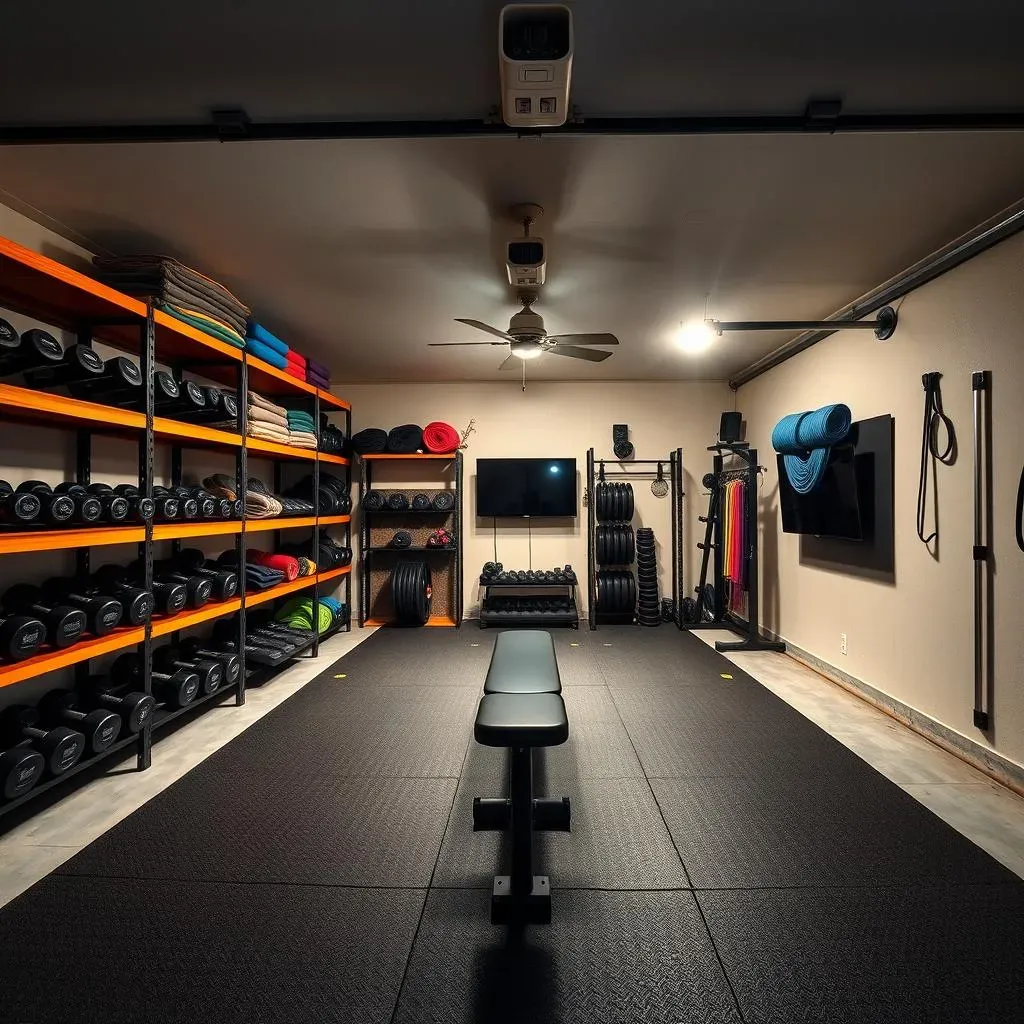
Space Optimization: Making the Most of What You've Got
Alright, so you've figured out where to buy home gym equipment, now it's time to transform that spare room, garage, or even corner into your personal fitness haven. First things first: measure your space! Seriously, grab a tape measure and get accurate dimensions. Nothing's worse than buying a treadmill only to realize it doesn't fit. Think vertically too. Shelving units can be a lifesaver for storing smaller items like dumbbells, resistance bands, and yoga mats. Mirrors aren't just for vanity; they also help you check your form and make the space feel bigger.
Consider the flooring. Concrete floors are tough, but they're not exactly comfortable for floor exercises. Rubber flooring is a great option for protecting your floors and providing cushioning. You can buy individual mats or interlocking tiles, depending on your budget and space. Good lighting is also crucial. Natural light is ideal, but if that's not an option, make sure you have bright overhead lighting and maybe even a floor lamp to illuminate specific areas.
Essential Considerations: Ventilation, Entertainment, and Safety
Don't underestimate the importance of ventilation. A stuffy, sweaty gym is a breeding ground for bacteria and just plain unpleasant. Open a window if you can, or invest in a good quality fan. Trust me, your lungs (and your nose) will thank you. Next up: entertainment. Let's face it, working out can be boring sometimes. A TV, sound system, or even just a good playlist can make a huge difference in your motivation levels. Mount a TV on the wall or invest in a Bluetooth speaker to pump up the tunes.
Finally, and most importantly, safety first! Make sure you have enough space to move around freely without bumping into things. Keep a first-aid kit handy for minor injuries. If you're lifting heavy weights, consider investing in safety bars or a spotter stand. And always, always warm up before you start your workout and cool down afterwards. A little preparation can go a long way in preventing injuries and keeping you on track with your fitness goals.
Consideration | Importance | Tips |
|---|---|---|
Space Optimization | Maximizes usable area | Measure accurately, think vertically, use mirrors. |
Flooring | Protects floors, provides cushioning | Rubber mats or interlocking tiles are ideal. |
Ventilation | Prevents stuffiness, promotes hygiene | Open windows, use fans. |
Entertainment | Boosts motivation, combats boredom | TV, sound system, or good playlist. |
Safety | Prevents injuries, ensures well-being | First-aid kit, safety bars, proper warm-up/cool-down. |
Maximizing Your Workout: Tips for Using Your Home Gym Equipment
Maximizing Your Workout: Tips for Using Your Home Gym Equipment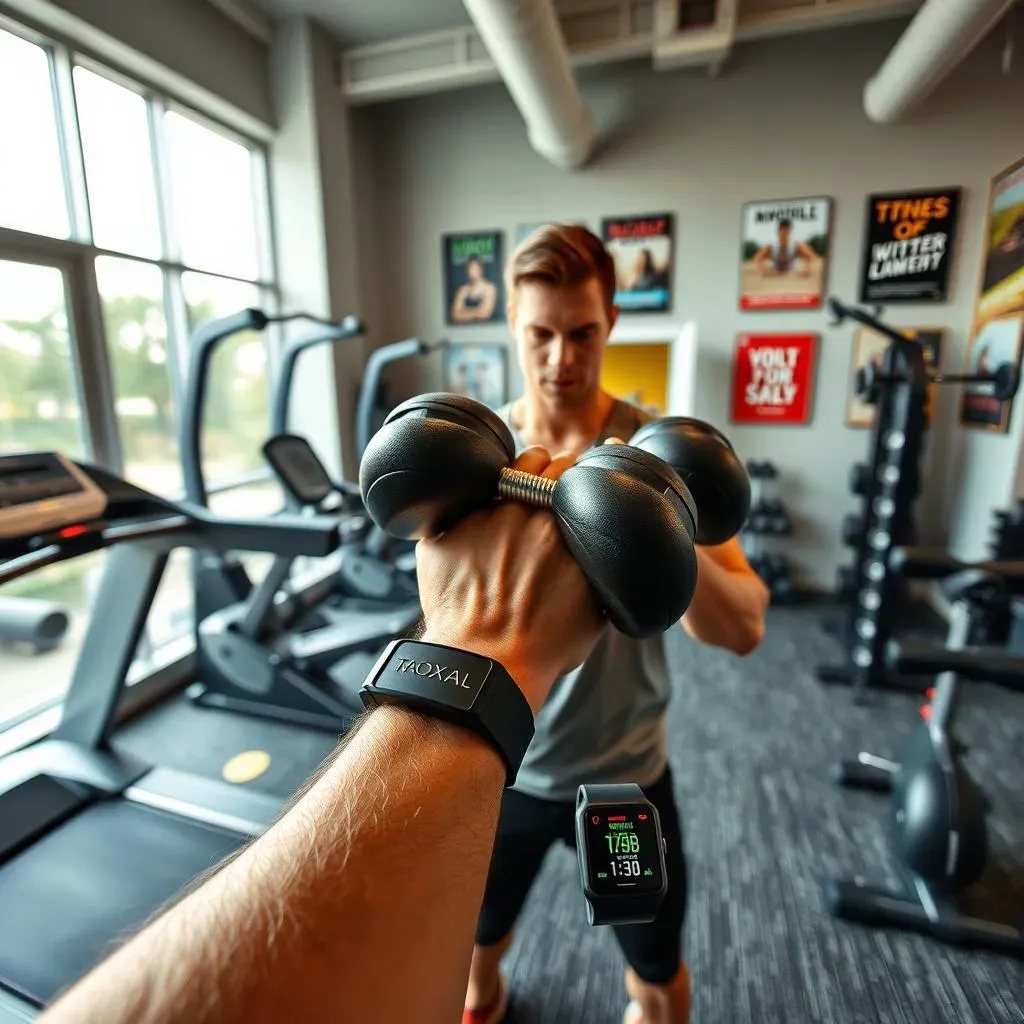
Crafting a Routine Tailored to Your Goals
you've got the equipment, you've got the space, now it's time to sweat! But before you start randomly throwing weights around, let's talk about creating a workout routine that actually works for you. The key is to align your routine with your fitness goals. Want to build muscle? Focus on strength training exercises with heavier weights and lower reps. Aiming to improve your cardio? Dedicate more time to treadmill runs, elliptical sessions, or cycling workouts. A balanced routine that incorporates both strength and cardio is generally a good idea for overall fitness.
Don't be afraid to experiment and find what you enjoy! If you dread running on the treadmill, try swimming or hiking instead. The best workout is the one you'll actually stick to. Variety is also important to prevent boredom and plateauing. Mix up your exercises, rep ranges, and workout formats regularly to keep your body challenged and engaged. Consider incorporating HIIT (High-Intensity Interval Training) for a calorie-torching boost.
Mastering Form and Progressive Overload
Proper form is absolutely crucial, not just for maximizing results, but also for preventing injuries. Watch videos, read articles, and even consider hiring a personal trainer (even for just a few sessions) to learn the correct technique for each exercise. Start with lighter weights and focus on mastering the movement before gradually increasing the load. Progressive overload is the principle of gradually increasing the demands on your muscles over time. This could mean lifting heavier weights, doing more reps, or increasing the intensity of your cardio workouts.
This is what causes your muscles to adapt and grow stronger. Track your progress! Keep a workout journal or use a fitness app to record your sets, reps, and weights. This will help you monitor your progress and ensure that you're consistently challenging yourself. Don't forget about rest and recovery. Your muscles need time to repair and rebuild after a workout. Aim for at least one rest day per week, and make sure you're getting enough sleep.
Tip | Description | Benefit |
|---|---|---|
Align Routine with Goals | Tailor exercises to specific fitness objectives. | Maximizes effectiveness of workouts. |
Master Proper Form | Learn correct technique for each exercise. | Prevents injuries and maximizes results. |
Progressive Overload | Gradually increase demands on muscles. | Promotes muscle growth and strength gains. |
Track Progress | Record sets, reps, and weights. | Monitors progress and ensures consistency. |
Rest and Recovery | Allow muscles time to repair and rebuild. | Prevents overtraining and promotes growth. |
Home Gym Equipment: Maintenance and Safety for Longevity
Home Gym Equipment: Maintenance and Safety for Longevity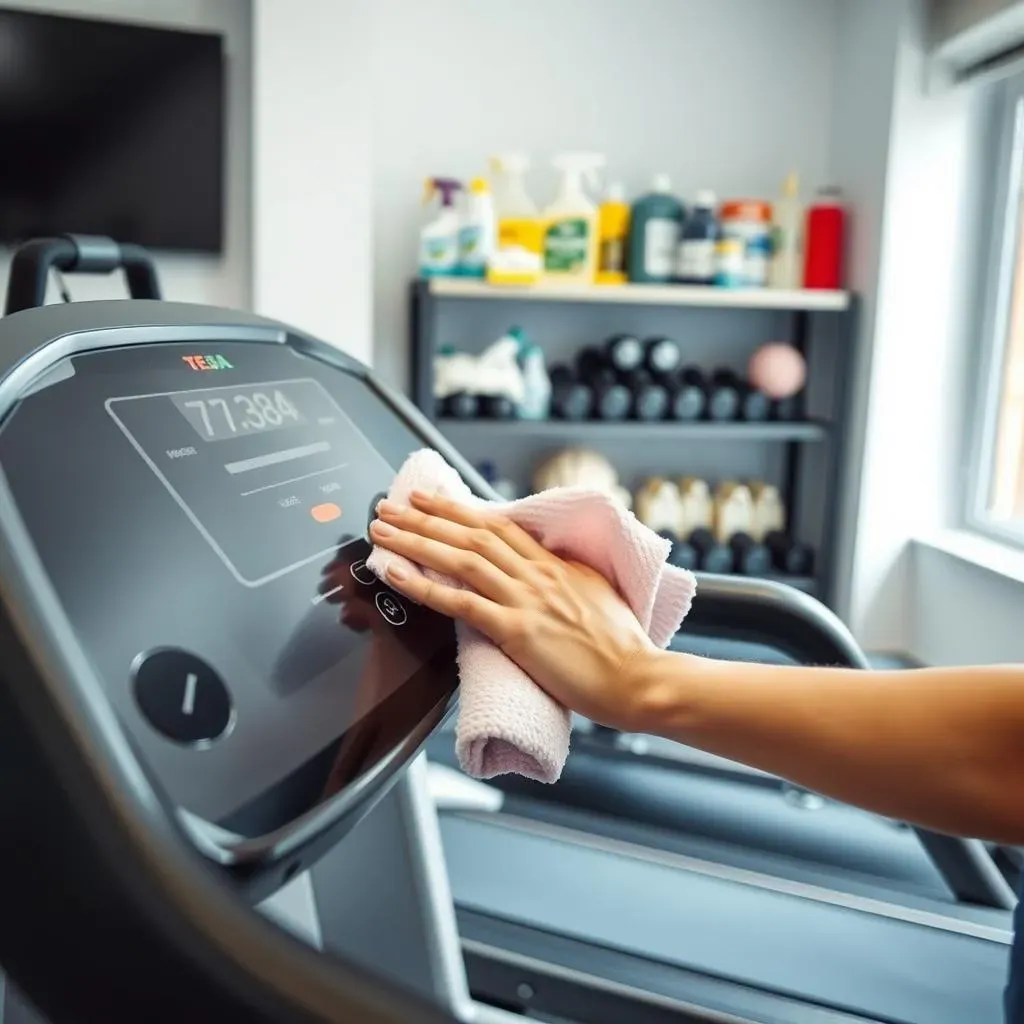
Regular Cleaning: Keeping Your Gym Fresh and Functional
Alright, let's talk about the not-so-glamorous side of home gyms: cleaning and maintenance. I know, it's not as exciting as hitting a new personal best, but trust me, a little TLC goes a long way in extending the life of your equipment and keeping your workout space hygienic. Think about it: you're sweating all over these machines, and bacteria love that! Regular cleaning prevents the buildup of grime, sweat, and odors, which can not only damage your equipment but also create an unpleasant workout environment.
Wipe down your equipment after every use with a damp cloth and a mild cleaning solution. For upholstery, use a vinyl cleaner to prevent cracking and fading. Don't forget about the smaller details, like cleaning the handles of dumbbells and the screens of cardio machines. A little elbow grease can make a big difference. For deeper cleaning, consider using a disinfectant spray or wipes, especially on high-touch surfaces. This is particularly important if you have multiple people using the gym.
Equipment Type | Cleaning Frequency | Cleaning Method |
|---|---|---|
Cardio Machines (Treadmills, Ellipticals) | After each use | Wipe down console, handles, and frame with damp cloth. |
Weight Benches | After each use | Wipe down upholstery with vinyl cleaner. |
Free Weights (Dumbbells, Barbells) | Weekly | Wipe down handles with disinfectant wipes. |
Flooring (Rubber Mats) | Monthly | Sweep or vacuum, then mop with mild soap and water. |
Preventative Maintenance: Avoiding Costly Repairs
Beyond regular cleaning, preventative maintenance is key to keeping your home gym equipment in tip-top shape and avoiding costly repairs down the road. This involves inspecting your equipment regularly for signs of wear and tear, and addressing any issues promptly. Check for loose bolts, frayed cables, and worn-out belts. Lubricate moving parts as needed, following the manufacturer's instructions. For cardio machines, vacuum the motor compartment regularly to remove dust and debris.
Proper usage is also crucial for longevity. Don't drop weights, overload machines, or use equipment for purposes it wasn't designed for. Follow the weight limits and usage guidelines provided by the manufacturer. If you're unsure about something, consult the owner's manual or contact the manufacturer directly. Investing a little time and effort in maintenance can save you a lot of money and headaches in the long run.
- Check cables and belts: Look for fraying or wear.
- Tighten bolts: Loose bolts can lead to instability and damage.
- Lubricate moving parts: Reduces friction and prevents wear.
- Clean the motor: Vacuum dust and debris from cardio machines.
- Follow weight limits: Avoid overloading equipment.
Conclusion: Your Personalized Path to Fitness Starts Now
Finding the right home gym equipment is an investment in your health and well-being. By carefully considering your fitness goals, space constraints, and budget, and by knowing where to buy home gym equipment from reputable retailers, you can create a personalized workout space that motivates you to achieve lasting results. Remember to prioritize safety, maintenance, and proper usage to ensure your home gym remains a valuable asset for years to come. Now, go forth and build the fitness haven you've always dreamed of!